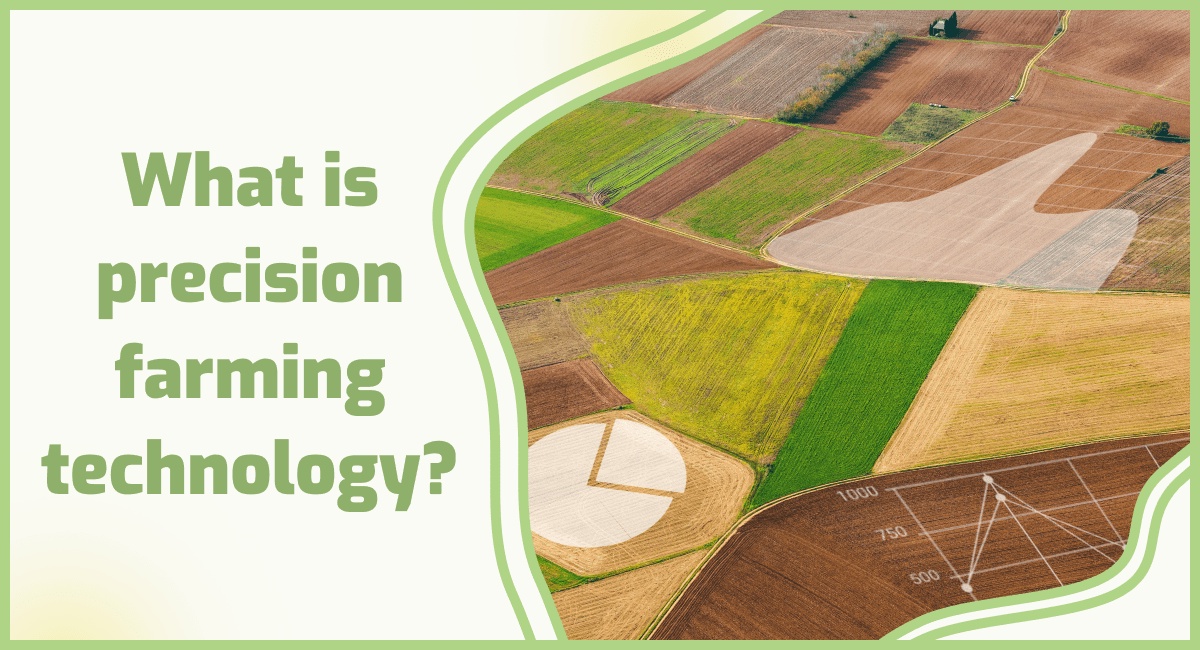Precision agriculture has been a game-changer in modern farming, offering innovative solutions to optimize crop production while minimizing environmental impacts. Among its many facets, the integration of precision agriculture techniques with combine technology has emerged as a pivotal development. This synergy is transforming the way we harvest crops, leading to improved efficiency, reduced waste, and ultimately, higher crop yields. Explore the key aspects of precision agriculture and combine technology integration, highlighting the benefits it offers to farmers and the agriculture industry as a whole.
Understanding Precision Agriculture
Precision agriculture is an approach that employs advanced technology and data-driven insights to manage agricultural processes with a high level of precision and efficiency. It involves the use of various technologies such as GPS-guided machinery, sensors, drones, and data analytics to make informed decisions regarding crop management. The primary goal is to optimize resource allocation, enhance productivity, and reduce waste, ultimately increasing crop yields.
The Role of Combine Technology
Combine harvesters, often referred to as combines, play a critical role in modern agriculture. These complex machines are used to harvest and process crops like wheat, corn, soybeans, and more. Combines are equipped with a variety of mechanisms, including cutting headers, threshers, and grain tanks, which work in tandem to harvest, separate, and store crop materials.
Precision Agriculture Meets Combine Technology
The integration of precision agriculture techniques with combine technology is a natural progression that brings several advantages to the farming process:
- GPS-Guided Navigation: Precision agriculture relies heavily on GPS technology to precisely map and navigate fields. When incorporated into combine technology, GPS systems enable farmers to create accurate field maps, ensuring that combines follow optimized harvesting patterns. This reduces overlaps and gaps, saving time and fuel, while also preventing crop damage.
- Yield Monitoring: Modern combines are equipped with yield monitoring systems that measure crop yield as it is harvested. Precision agriculture enhances these systems by providing real-time data on yield variations across the field. Farmers can use this information to identify areas with lower yields and address potential issues such as pest infestations, nutrient deficiencies, or irrigation problems.
- Variable Rate Technology (VRT): VRT allows farmers to customize the application of fertilizers, pesticides, and other inputs based on the specific needs of different parts of a field. By integrating VRT with combine technology, farmers can adjust their harvesting and processing methods accordingly. For example, combines can vary the speed and settings based on the quality of the crop, resulting in improved overall efficiency and yield.
- Data Analytics: The data collected through precision agriculture techniques can be analyzed to gain insights into crop performance and field conditions. This data-driven approach enables farmers to make informed decisions about planting, harvesting, and other critical aspects of crop management. Over time, these insights can lead to more efficient farming practices and increased yields.
Benefits of Precision Agriculture and Combine Technology Integration
The integration of precision agriculture techniques with combine technology offers a multitude of benefits to farmers and the agriculture industry as a whole:
- Increased Yields: By optimizing harvesting and processing methods based on real-time data and field conditions, farmers can significantly increase their crop yields.
- Reduced Waste: Precision agriculture minimizes waste by ensuring that every square meter of the field is harvested efficiently. This reduces losses due to missed crops or overharvesting.
- Cost Savings: Precision agriculture techniques help reduce input costs, such as fuel, fertilizer, and pesticides, by ensuring that resources are applied where and when they are needed.
- Environmental Sustainability: The precise use of resources and reduced waste contribute to more sustainable farming practices, minimizing the environmental impact of agriculture.
- Improved Profitability: Higher yields, lower costs, and reduced waste translate into improved profitability for farmers, making agriculture a more financially viable venture.
Conclusion
The integration of precision agriculture techniques with combine technology is revolutionizing the way crops are harvested. This synergy between advanced technology and traditional farming equipment is optimizing harvest efficiency, reducing waste, and ultimately leading to higher crop yields. As technology continues to advance, we can expect even more innovative solutions that further enhance the sustainability and productivity of agriculture, ensuring a brighter future for both farmers and consumers.


No comments yet